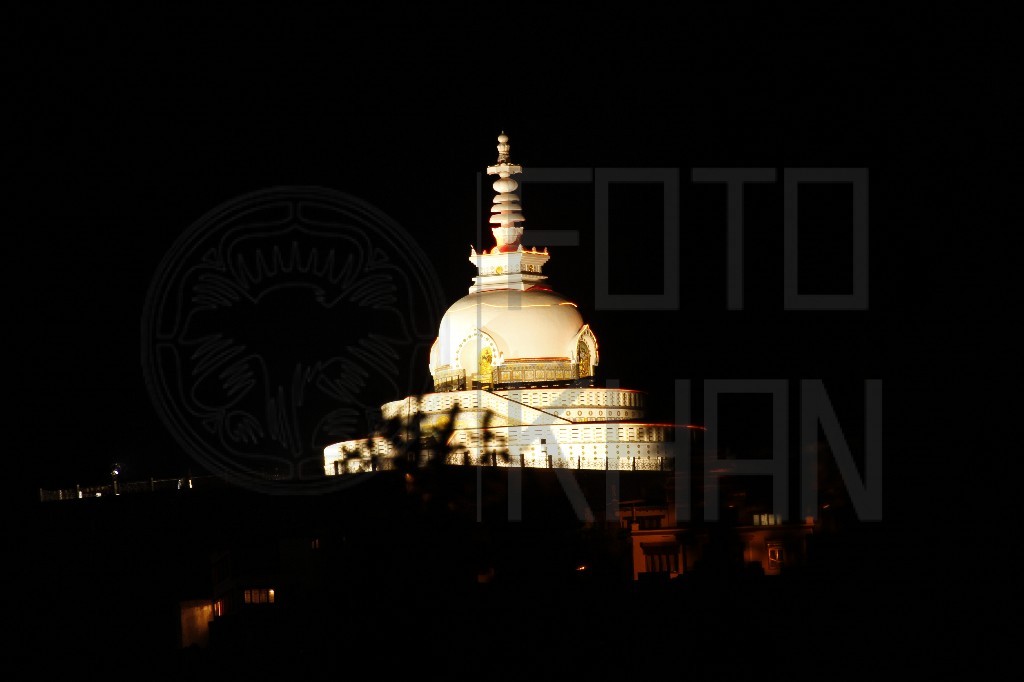Shanti Stupa, situated in Leh, India, is an iconic Buddhist monument renowned for its profound message of peace and spirituality. This pristine, white-domed stupa stands atop a hill, offering mesmerizing vistas of the Himalayan mountains and the serene Indus Valley. The idea for this stupa can be traced back to King Ashoka, but it was brought to life in modern times by Nichidatsu Fujii, symbolizing a global pursuit of harmony. Construction began in April 1983 under Bhikshu Gyomyo Nakamura’s guidance, supported by Ladakhi Buddhists and financially backed by Japanese Buddhists and Indian supporters. Even the Indian Army played a role in its realization. In August 1985, the 14th Dalai Lama, Tenzin Gyatso, inaugurated the stupa’s foundation, cementing its significance as a beacon of peace. Today, Shanti Stupa stands as a testament to unity and serenity, drawing pilgrims and visitors seeking solace and reflection.
The collaborative effort to build the Shanti Stupa involved Japanese Buddhists and Ladakh Buddhists, with inspiration traced back to King Ashoka. Nichidatsu Fujii played a pivotal role in bringing this symbol of peace into the modern era. Construction commenced in April 1983, overseen by Bhikshu Gyomyo Nakamura, aided by Kushok Bakula and the support of Ladakhi Buddhists, Japanese Buddhists, and Indian backers. The project received approval from Prime Minister Indira Gandhi, and the Indian Army provided assistance. The foundation was inaugurated by the 14th Dalai Lama, Tenzin Gyatso, in August 1985.

